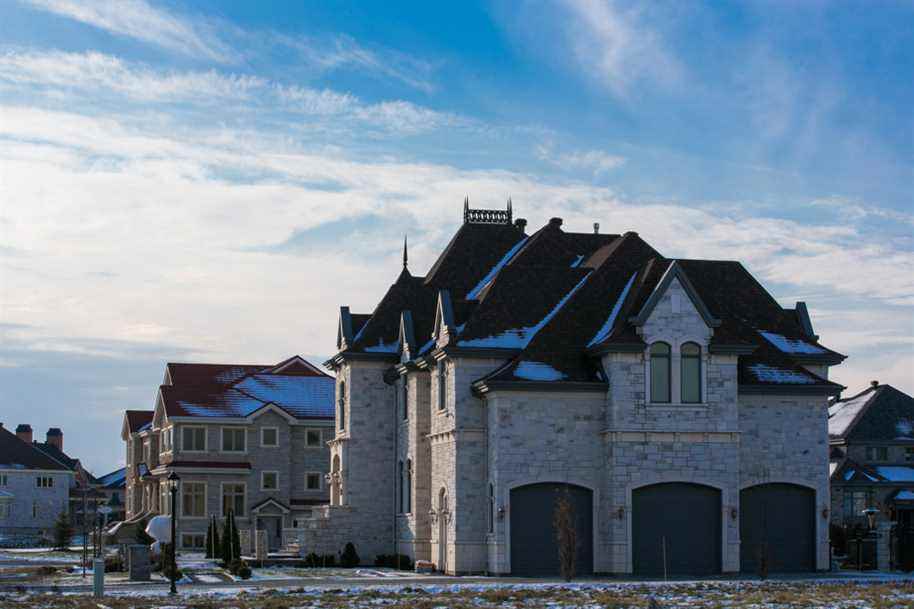Economic inequalities have increased in Canada over the past decade, according to the most recent report from the Laboratory on Global Inequalities, co-edited by French economist Thomas Piketty, Nobel Prize winner in economics and author of the book Capital in the XXIe century.
In 2021, someone in the top 10% of Canadians earn on average 13 times the income of someone in the bottom 50%, according to this report made public this Tuesday. In 2011, this multiple was on average 12 times. The gap has therefore widened over the past decade. These figures measure total income before taxes and transfers; they do not take into account the effects of social programs aimed at reducing income disparities, and Quebec has an important social safety net in this regard.
According to the report from the Laboratory on Global Inequalities – the first report of its kind since 2018 – Canada (ratio / multiple of 13 times; this is the ratio / multiple in the previous paragraph) has a higher level of income inequality. higher than the European Union (9 times ratio), but lower than the United States (17 times ratio).
The top 10% of income groups have captured a growing portion of total income for Canadians over the past 40 years. The threshold to be part of this 10% group: have an annual income of CAN $ 131,000 per year.
The Global Inequalities Lab calls Canada a “rich country”, but with “high levels of wealth inequality”. In Canada, the richest 1% own 25% of the wealth (patrimonies) in the country, the richest 10% hold 58% of the wealth, and the bottom 50% own only 6% of the wealth, according to The report. These numbers have remained virtually unchanged for 25 years. Wealth gaps in Canada are similar to those observed in western European countries such as France.

Declining globally
Global income inequalities remain huge. At least, they have decreased over the past two decades, to return to the level of the 1980s. But they are still very important: the group of the top 10% (average annual income: US $ 122,100 per person) earns 52% of world income. , while the bottom 50% (average annual income: US $ 3,920 per person) earn only 8% of global income.
Inequalities in wealth are even greater: the group of the top 10% holds 76% of global wealth (average wealth: US $ 771,300 per person), while the group of the bottom 50% (US $ 4,100 per person) owns 2% of the world’s wealth. The group ranging from the 50% to the top 10% owns 22% of the world’s wealth.

Between countries and within countries
The Global Inequalities Laboratory, a research laboratory attached to the Paris School of Economics, notes a significant increase in inequalities within countries. “The rapid rise in inequalities within countries means that despite the rapid growth of emerging countries, the world remains particularly unequal today,” write the authors of the report.
Inequalities between countries have decreased slightly since the 2000s, mainly due to economic growth in emerging countries. In 1980, the average income in the richest 10% of the world’s countries was 53 times higher than the average income in the 50% of the world’s poorest countries. This ratio rose to 38 times in 2020.
The richest pollute much more
Another consequence of inequalities: the richest pollute the planet more.
“It is difficult to scale up efforts to fight climate change without a greater redistribution of income and wealth,” said economist Lucas Chancel, co-director of the Laboratory on Global Inequalities and co-author of the report.

Per capita, Canadians pollute twice as much as Europeans, but slightly less than Americans. Canadians are “among the largest emitters of CO2 to the world per capita, ”the report states.

38%: proportion of income obtained by women in Canada. The needle has hardly moved in 10 years.
US $ 6,708: this is the average annual income threshold to access the group of 50% of people with the highest incomes on the planet.

